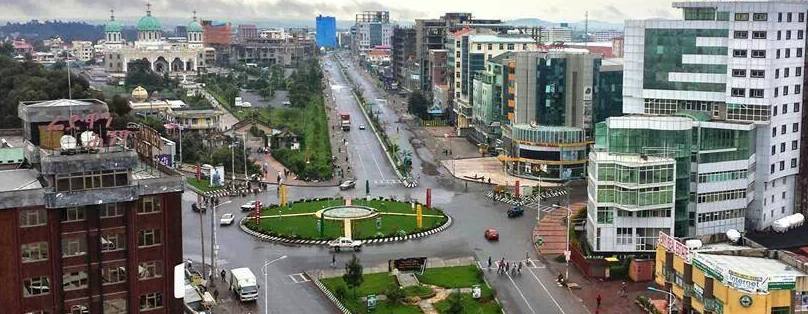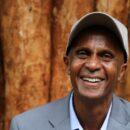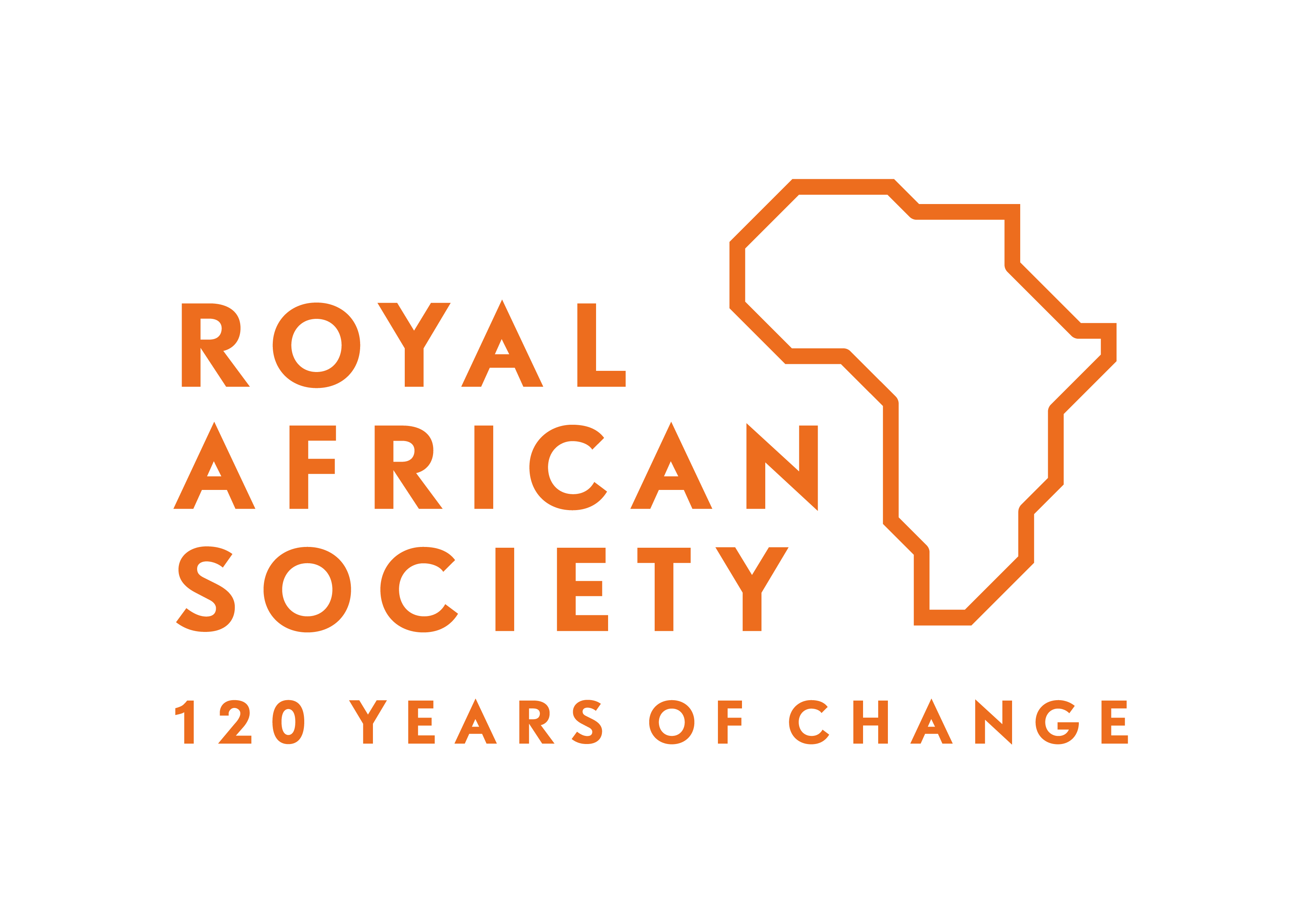Addis Ababa’s Transformation – By Ismail Einashe

 The Ethiopian capital Addis Ababa is going through one of the fastest rates of urban growth in the world. In Amharic “˜Addis Ababa’ means “˜new flower’, and Menelik II founded the city at the end of the 19th century. For much of its history, Addis was a small town, at the centre of an ancient empire.
The Ethiopian capital Addis Ababa is going through one of the fastest rates of urban growth in the world. In Amharic “˜Addis Ababa’ means “˜new flower’, and Menelik II founded the city at the end of the 19th century. For much of its history, Addis was a small town, at the centre of an ancient empire.
Today Addis is experiencing a rapid rate of urban transformation, which will see its 4.5 million population double to 8.1 million by 2040. This highlights UN’s estimates that Africa’s global share of urban dwellers will double to 25% in the next 35 years.
Last week, Barack Obama became the first American president to visit Addis Ababa. He addressed leaders at the African Union, a large glistening glass edifice built with Chinese labour and financing. His visit underscores how far Ethiopia has come – from the 1984 famine, which cemented the nation in the West’s popular imagination, to the fastest growing economy on the continent.
The International Monetary Fund (IMF) ranks Ethiopia as among the top five growing economies in the world. Ethiopia has experienced a decade of continuous growth in GDP, averaging 10.3% – although the economy is expected to slow a bit this year to 8.5% and pick up slightly in 2016 to 8.7%.
Ethiopia has transformed itself over the past decade, and will now spend the equivalent of 10% of its GDP annually on infrastructure projects over the course of the next decade. It has also massively reduced poverty – according to the World Bank, Ethiopia reduced its poverty levels by 33% since 2000, in large part because of its consistent economic growth and agricultural investment, and what the bank described as Ethiopia’s “pro-poor” investments.
However, Ethiopia still remains one of the poorest nations in the world. Its per capita income is $470, below the regional average. Ethiopia eventually wants to reach middle-income status.
Ethiopia remains a largely agrarian society. It also has Africa’s second largest population at 94.1 million – and which because of the very high fertility rate is expected to rise to 278 million by 2050. Like much of Africa, Ethiopia is young: the median age is just 18.
Some infrastructure projects outside the capital have gained international attention, particularly the Grand Ethiopian Renaissance Dam (GERD), in construction on the Blue Nile, which will be Africa’s largest source of hydro energy. It has caused serious tensions with the Nile river upstream nations, Egypt and Sudan.
But Addis Ababa is at the heart of Ethiopia’s rapid growth, the crown jewel in this China-style infrastructure splurge.
Construction and repression
Arriving in Addis, the scale of change in the city is huge: everywhere there’s the hum of construction noise, countless workers roam the streets – and a new metro system, the first in sub-Saharan Africa, is under construction. Addis showcases Ethiopia’s soaring ambitions. There’s a new confidence in the air.
The Addis Ababa and Oromia Special Zone Integrated Development Master Plan is at the heart of the city’s urban change. For two years urban planners sat in an office block in the city to create this plan – which will see surrounding towns incorporated into the city, creating one of the largest urban spaces in Africa.
The issue has been that Addis Ababa is encircled by Oromo-majority areas. The Oromo constitute the largest of Ethiopia’s 80 ethnic groups, and Oromia the largest of Ethiopia’s nine ethnic-based regions. Most of the communities who live on the outskirts of the city depend on farming and livestock, but like most in Ethiopia these farmers do not own the land, the state does.
Farmers have been moved, their land forcibly seized, those who oppose changes arrested. Many Oromos see these urban development changes as a land-grab, an attack on Oromo identity which has sparked protest. Those who oppose the plans have been met with repression.
There were huge protests in 2014 at Ambo Univeristy, outside Addis Ababa in the Oromia region, in which 17 people reportedly died and over 25,000 people, including villagers, took to the streets.Though the pace of changes in Ethiopia may be impressive, the price paid has been in disruption and violence.
Beer and business opportunities
Even so, it seems little can dampen the good mood music in the city. Business confidence is growing. In one of the swanky hotel bars in the Bole area I met a group of Dutch, British and South African brewery specialists who were in Addis Ababa for “˜opportunities’ in the beer industry.
One man, an Afrikaner from South Africa, spoke about how Ethiopia was “˜opening up’; and with its large population, like in Nigeria where he had worked previously, it provided ample opportunities for the multinational beer company he worked for.
They had bought up smaller beer companies across the continent – something other companies did not do, he said, a strategic error. His colleague, a Dutch man, shook his head, saying “˜Heineken passed on an opportunity’. Now, he says, many European beer companies are keen to get a slice of the growing purchasing power of the Ethiopian middle classes. In a city littered with hundreds of bars, it’s easy to see why Africa’s second most populous nation would draw in the investors.
Bole, which gives Addis Ababa’s shining new airport its name, has changed remarkably. I spent some of my childhood here and today it’s barely recognisable. The march of progress should not mean trampling on history and heritage. Sadly much of Addis’s unique architectural history is being eroded.
I returned to Addis at the start of the rainy season. The only area that brings me some comfort is Mekarto, home to the city’s largest market, but even here dramatic change is underway.
The Taitu Hotel, one of the most famous landmarks of the city ever since it was built in the early 1900s, saw its roof burned down in January. It was depicted in Evelyn Waugh’s 1938 satirical novel Scoop, and later was home to the Jazzamba Lounge, part of the legendary 1960s/70s Ethio-Jazz scene. In some ways, Taitu is a symbol of old Addis that’s disappearing under the weight of progress.
The urban population of Addis has grown nearly three times since the 1970s, but what has been more remarkable is the spatial growth of the city: its land area has expanded to twelve times the size it was in the 1970s.
With growth has come lower population density, as Addis has spread out into an ever-increasing urban sprawl. Now, at the edge of the city new developments litter the earth, some gated communities for the rich, underscoring the growing income inequality in the city.
Knight Frank, a large property consultancy based in London, listed Addis Ababa in its annual wealth report as a city with potential for growth in high net-worth individuals – a group whose population has doubled since 2007 and is expected to double again by 2024.
Ethiopia’s biggest supporter, in Addis and elsewhere, has been China. A new light railway system (LRT), with a price tag of $475m, is being built in the city. Wandering through Addis, the construction of the LRT dominates.
Most of the railway is above ground, new high-ways that rip through the city, so stark and visible in their presence. Young labourers dig up the earth, juxtaposed against the old Addis of shantytowns, where houses made of mud and recycled steel pile on top of each other.
The Chinese are financing this 20 mile LRT system which will furnish Addis with two lines, though there are plans to increase this to four. Some 85 percent of the funding comes from the Exim Bank of China, and the work was contracted out to the China Railway Engineering Corporation.
China is also responsible for the newly completed 481-mile railway, which links landlocked Ethiopia with Djibouti’s Red Sea port. The primary purpose of the line is to export goods from Ethiopia’s fast growing economy. There are also plans afoot to connect the railway from Djibouti all the way to the Gulf of Guinea – which shows the scale of Chinese ambition in Africa.
Democracy and development
Change in Ethiopia has come without democracy. In May there were parliamentary elections. No-one thought anyone but the EPRDF, which has ruled the nation with an iron grip since overthrow of the Derg government of Mengistu, would win.
In fact, the EPRDF and its allies won every single seat. The opposition does not have a single MP. These election results did not provoke much of a reaction in Western countries, only the occasional press release stating their “˜disappointment’. Ethiopia is today not so much an aid darling but a model of development, something outsiders are keen to focus on.
Addis is a multi-ethnic cosmopolitan melting pot, home to an increasingly diverse population. The city’s residents take pride in their new city – the skyscrapers, roads, and railways – the stuff of modernity.
Yet the gap between poor and rich is rising, the dramatic changes to the city have brought violence and disruption, and those who have opposed the changes of the city have faced repression. If Addis Ababa is to become a global city, than it must find ways to incorporate the legitimate dreams of all its residents in its ever-changing shape.
Ismail Einashe is a journalist, researcher and an associate editor at Warscapes magazine. You can follow him at @IsmailEinashe
[Correction: The article previously said that Taitu Hotel burned down. In fact, the roof of the hotel burned down but the building survived and has reopened. Thank you to the commenter who pointed this out.]






thanks for article about Addis. I have visited Ethiopia 23 times. I love the country, people, culture, food. You have described accurately the expansion of Adds. I have seen this come slowly and then rapidly over the past 13 years. thanks.
Dear Ismail Einashe, you wrote a reasonable article, but it don’t really tell all. Well, maybe you do not have enough space to do that. You just fail to mention development at the expense of the poor is what people worth at 21st century. The Illegal ” legal ” transfer of land from the poor who own the land for centuries and inherited it from their ancestor to somebody who used to suck people’s blood in the name of investment is not a good example to tell about development. In every part part of the world cities expand at a limited rate every year. Addis Abeba as you call it expanding at this alarming rate is just illegal transfer of land from the real owners to those who are there to still the land and are supported by the tigrean regime. If there is a real development, addis abeba is not supposed to expand only horizontally but also vertically like shangai, or kaula lauper or any asian cities those achieved real and balanced development. Ethiopian case is just a land grab.
Ismail
Did you mention about what is happening to the life of the local people who are being uprooted from their farm land. You will go to the Northern Ethiopia. Enemies of Oromo admire Menelik.
Dereje
Thanks a lot. We need more this type of argument about Africa.
Indeed, this is very well written article. It is descriptive in nature and give you a crash course in the evolution of Addis. Further more, it is balanced and to the point. Well done!!!!!
I enjoyed it.
There seems to be a lot of praise for the Ethiopian govt by international press, even with it being the 4th worst places for journalists.
There is a huge issue brewing in Ethiopia, whether it gets its due attention or not, it will greatly impact the stability of Ethiopia.
Religion is a nogo, and EPRDF early on knew not to meddle and it served them well. 4 years ago they were embolden to declare an ‘official’ sect of Islam outlawing others. Maybe its stipulated in the billion dollars funding it receive from US and Europe but its a waste of money to fund development with caviat to destabilize.
WHen the muslims protested and they did, in the millions the world ignored them (because they weren’t violent and didnt fit with established stereotype), the Ethiopian govt figured they will countinue to chant, we will arrest and torture who we want (int. press got our backs and wont report on it).
But there is so much people can take. the patience for any movement is limited and it doesnt look good no matter how much they cover it up
The Ethiopian muslim peaceful struggle
The Taitu Hotel, one of the most famous landmarks of the city ever since it was built in the early 1900s, burned down in January.
In fact the Taitu Hotel is still standing and very much open for business. The main building lost its roof in a fire in mid January 2015 but this was replaced very quickly. The ground floor was not really touched by the fire and was open for business within days. Damage to the first floor was mainly restricted to smoke damage; the wonderful old wooden staircase still survives.
The Jazzamba Lounge, which opened in June 2011 in a building next door to the main Taitu Hotel, appears to have been the source of the fire and was completely gutted.
Thank you for remembering my country
I think growth of a nation should benefit at least most of its citizen if not all. What we see in Ethiopia is not what is being written or spoken in the media. You might have seen construction of some buildings and few roads which seems significant at the expenses of public repression, huge expensive loan fro Chinese & Indians, and under huge corruption but it is just a drop for a big nation like Ethiopia. Despite all these the life of most of citizens is getting deteriorated day after day & there is not a single drop of hope and futurity. Please don’t promote this toxic TPLF propaganda all of which is a repression tactic!
I agree with your view; however there are still wide range of problems the city administration is facing. Capacity, poor resource management and corruptions are some of the outstanding issues continued to compromise our successes in many ways.
you have given good attention to the economic and poletical development. i admire the atention you have given to addis ( finfinne, for the oromos) ethinic politics that rift the country .
I have liked the article and i am impressed with the Development of Ethiopia that was once devastated by drought.
How is the situation in regard to the Drought and Famine??
I am an Electrical Engineer here in Uganda, and would not mind trying it out in Addis. What are the prospects in there?
Eng. Joshua, Kampala Uganda.
Very interesting reading
Is there evidence of African Americans entrepreneurs investing in Ethiopia?
Ethiopia has suffered poverty for a long decade with bad government. Most of there buildings look old having visited addis and not modernized. Hope the government will be of help. And like a country like Kenya is way far ahead they built long time ago without the help of anyone. china is ready for business to trade which is a good idea. I hope Ethiopia pull up get to it’s destination it’s a poor country and war for centuries has destroyed the economy. The world needs to see change in the country.
All the best for Ethiopia.
cholorquine https://chloroquineorigin.com/# where to get hydroxychloroquine
generic cialis cialis alternative